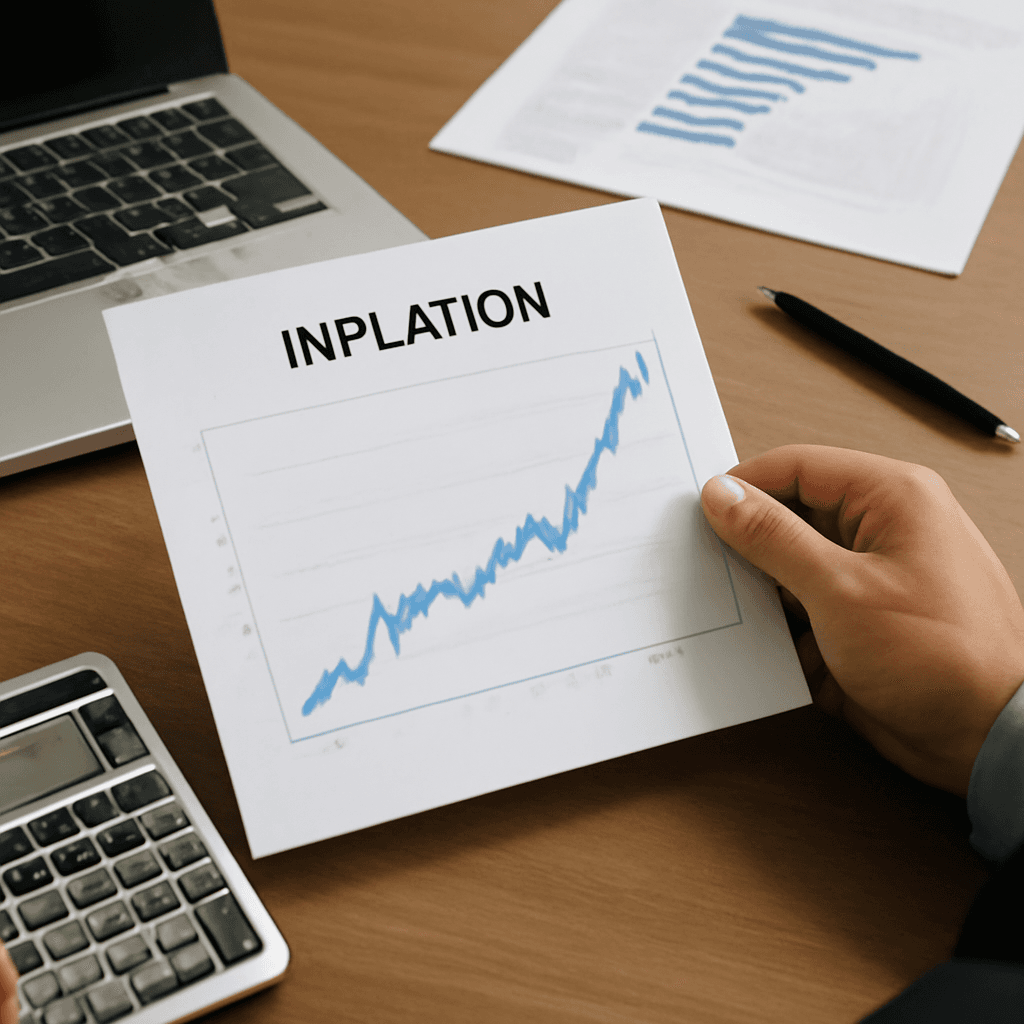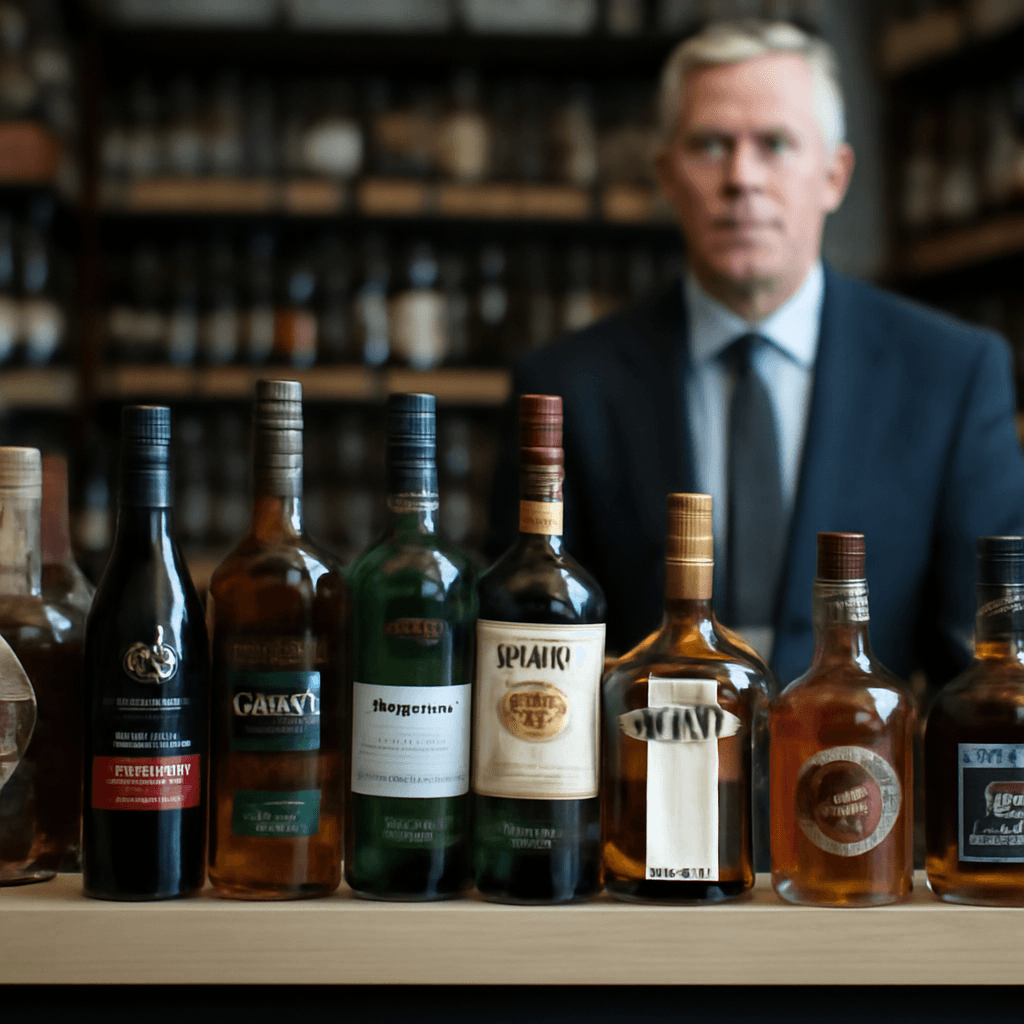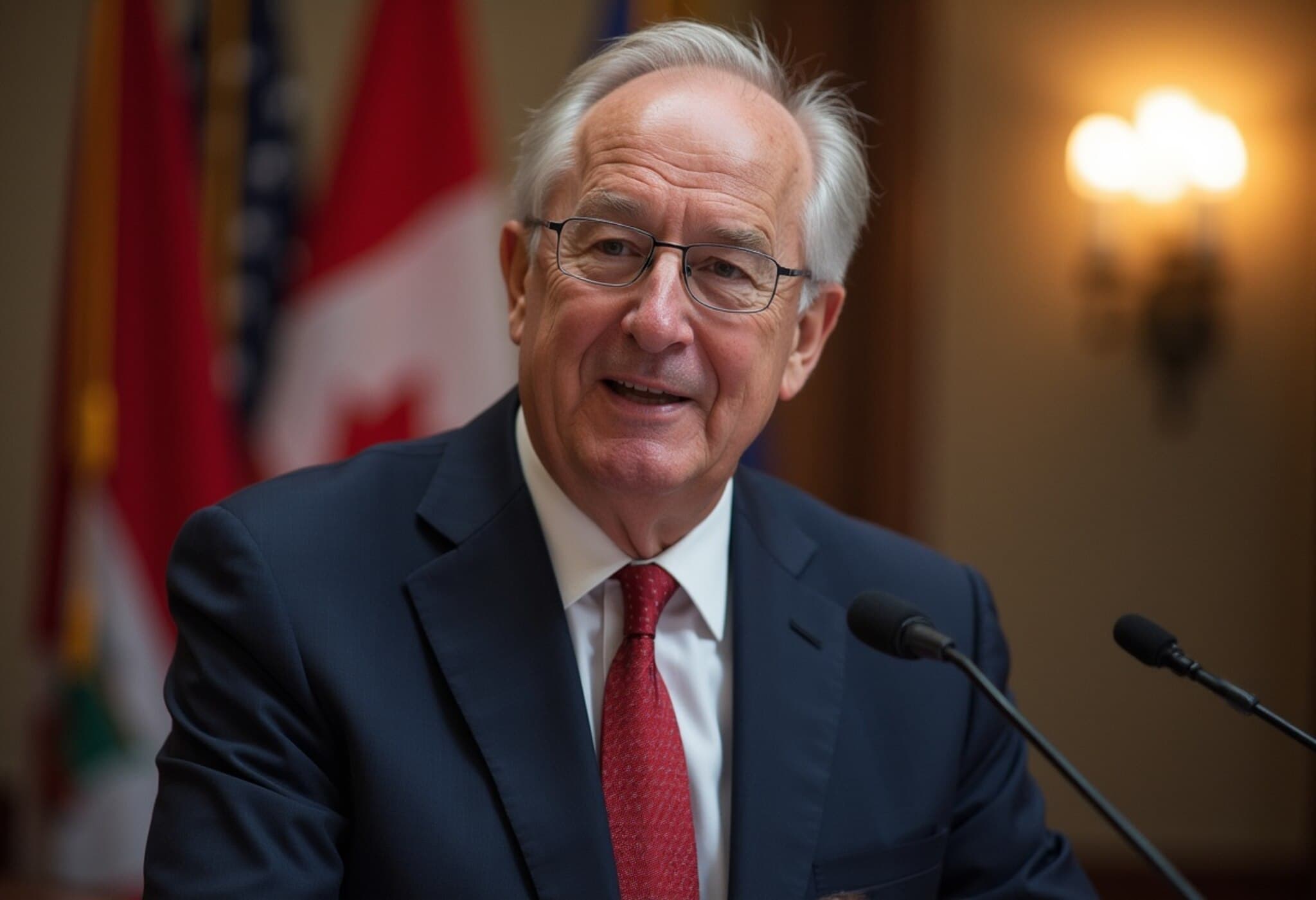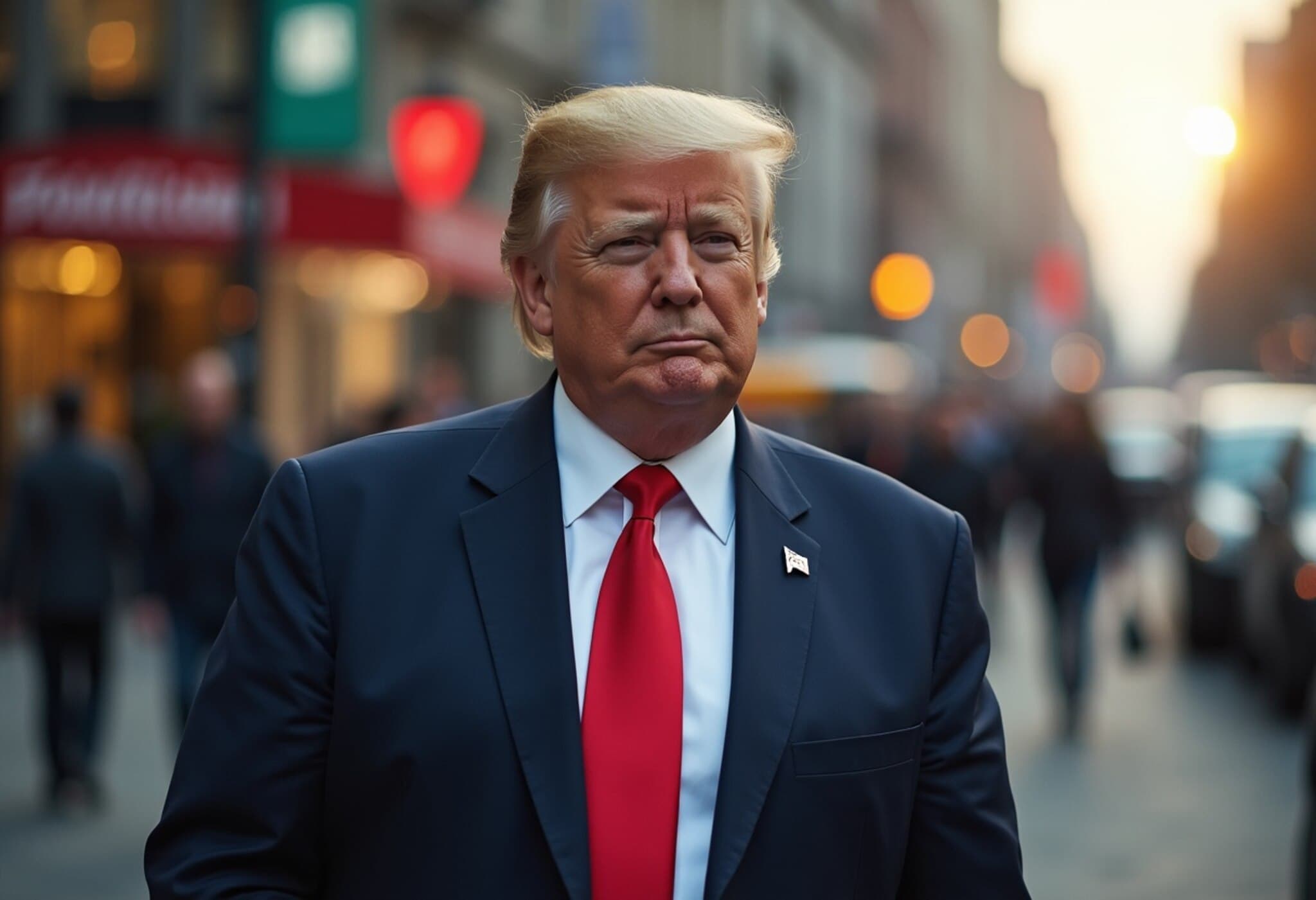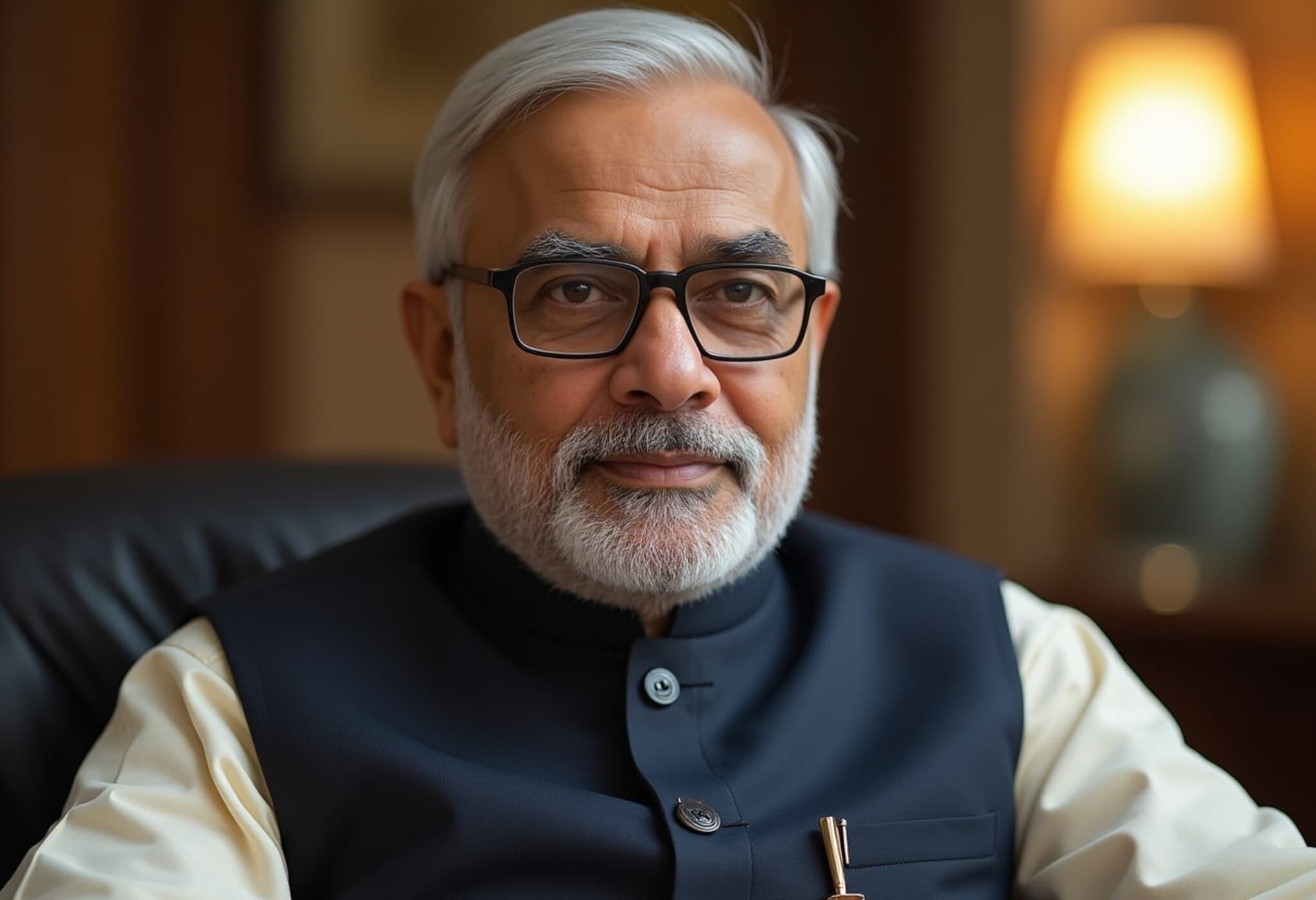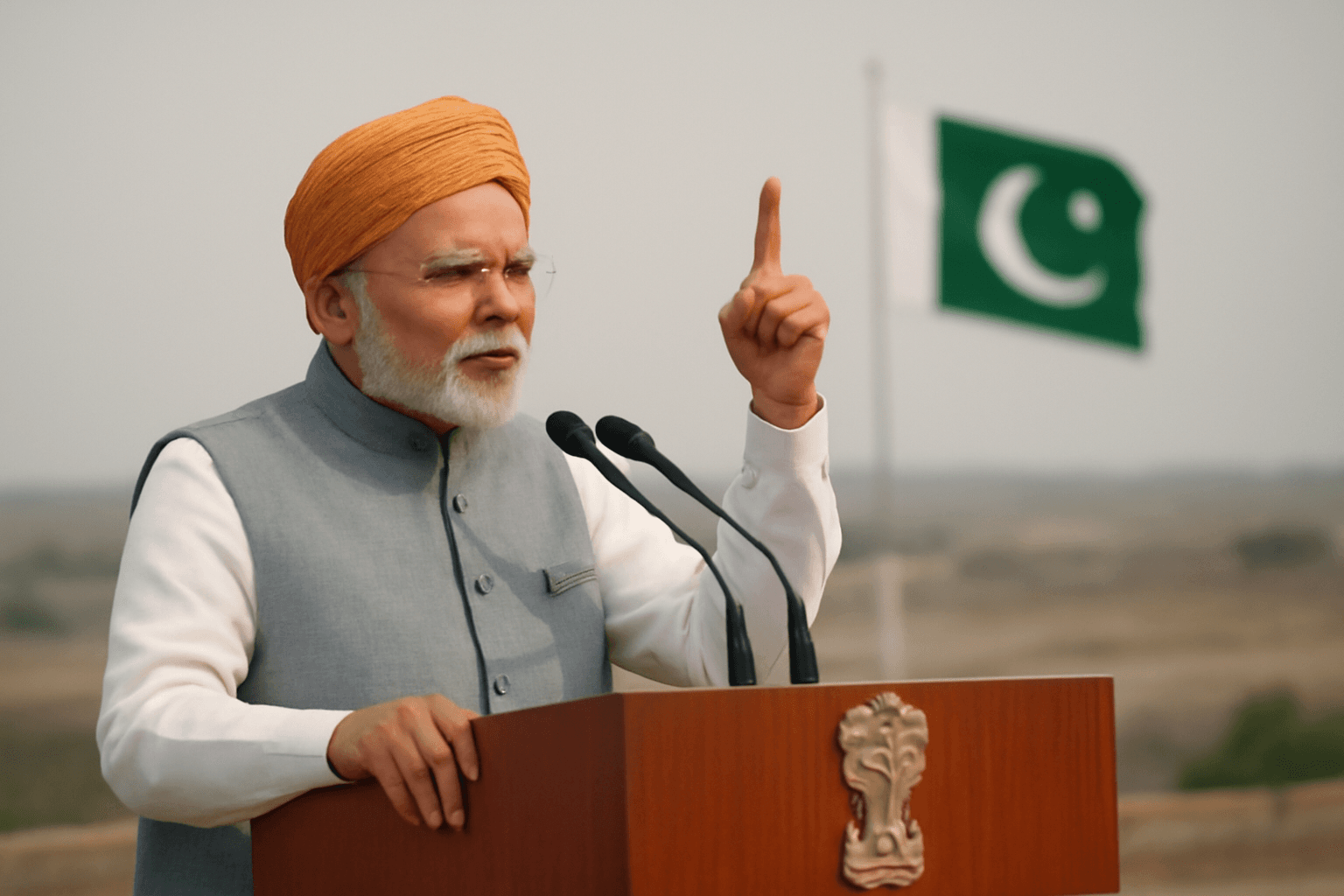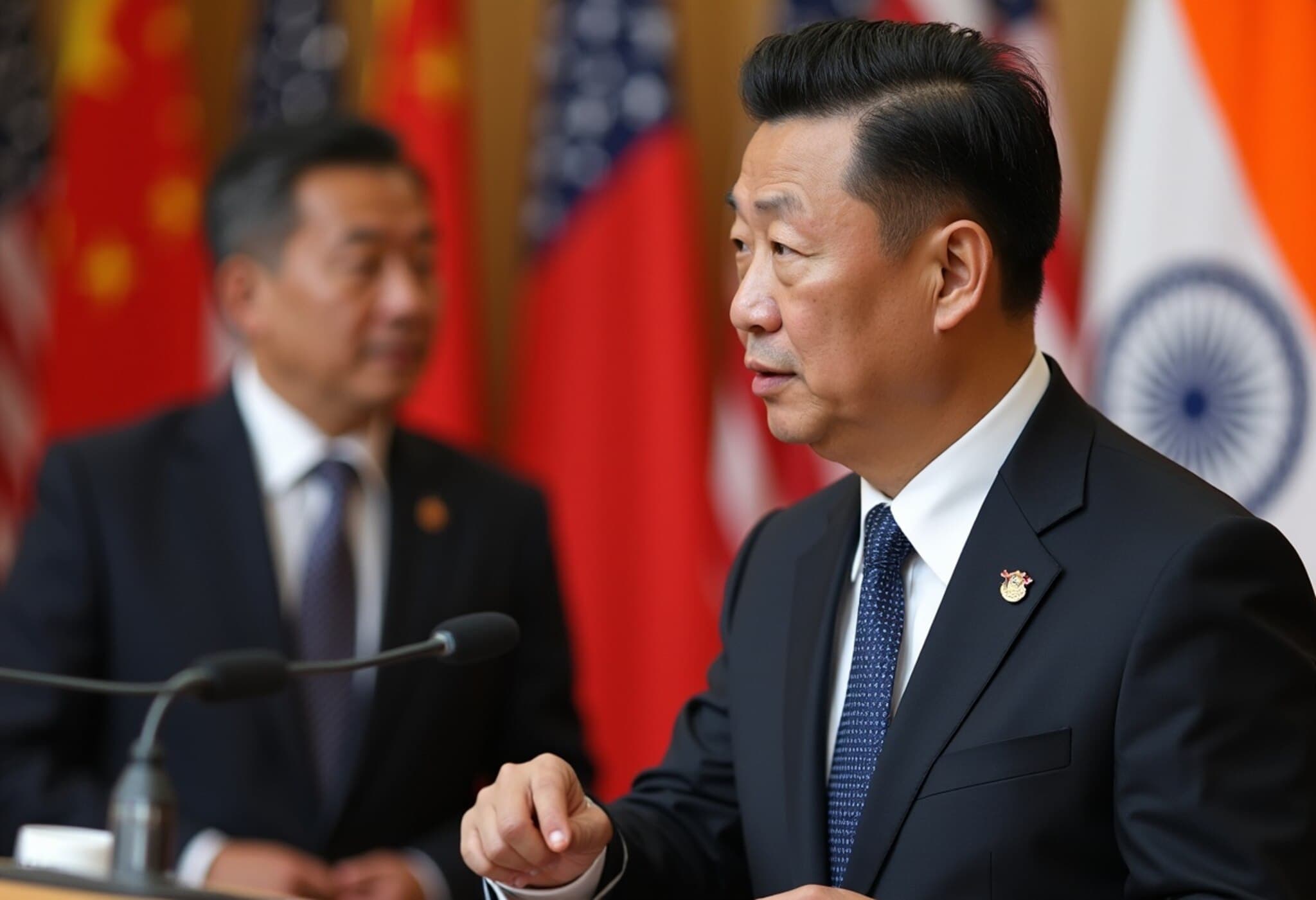Trump’s 50% Tariffs Pose Significant Threat to Indian Economy in 2025-26
US President Donald Trump’s recent decision to impose a sweeping 50% tariff on Indian goods destined for the United States has sent shockwaves through global trade circles, with economists and analysts warning of severe repercussions. Projections now suggest Indian exports to the US could plunge by as much as 60%, while the nation's GDP growth for the 2025-26 fiscal year might shrink by nearly 1%.
Understanding the Tariff Leap: From 25% to 50%
Trump initially rolled out a 25% tariff on Indian imports as part of a broader strategy targeting over 60 countries. However, this move was rapidly intensified, doubling the levy to 50%. This sharp escalation effectively doubles the cost for US importers of Indian goods, raising questions about the sustainability and resilience of India’s export sectors amid rising protectionism.
Sectors on the Frontline: The Immediate Toll
Moments particularly vulnerable include labour-heavy and time-sensitive industries such as:
- Marine products like shrimp and prawns
- Edibles including fruits and pickles
- Textiles and garments
Due to their perishable nature and tight profit margins, these industries stand to lose heavily, with ripple effects threatening thousands of livelihoods across Indian coastal and rural communities.
Economic Projections: Varied But Concerning
Bloomberg Economics paints a stark picture, forecasting a 60% drop in exports to the US and a GDP growth contraction of up to 1.1% in the medium term. The same analysis warns that factors like tariffs imposed on key sectors such as pharmaceuticals and electronics could magnify the damage beyond this baseline.
Meanwhile, Morgan Stanley offers a somewhat tempered view, estimating a GDP growth reduction ranging from 0.4% to 0.8% should tariffs persist over a year. Importantly, Morgan Stanley underscores the role of potential government interventions and policy support mechanisms in mitigating long-term fallout.
Other financial institutions echo these concerns, with Goldman Sachs predicting a GDP growth setback of about 0.6%, while Citigroup estimates a range between 0.6% and 0.8%.
Broader Implications: A Crossroad for Trade Diplomacy
This tariff escalation not only disrupts trade flows but also tests the robustness of international economic relationships between two of the world's largest democracies. For India, a country striving to assert itself as a global manufacturing and export hub, this development adds a layer of uncertainty.
Experts highlight that while tariffs can sometimes serve as leverage in negotiation, such measures risk igniting tit-for-tat reprisals, complicating efforts to maintain steady trade partnerships. The potential contraction in exports threatens to slow job creation, strain corporate profitability, and dampen broader economic momentum.
Expert Insight: Navigating the Storm Ahead
Policy analysts suggest India must accelerate diversification of export markets beyond the US and bolster domestic manufacturing ecosystems to absorb such shocks. Strategic diplomacy and robust trade negotiations are now more critical than ever to de-escalate tensions and safeguard economic interests.
Furthermore, there is a growing call for targeted fiscal stimulus and support for sectors most affected, to cushion the immediate economic impact and protect vulnerable workers.
Editor's Note
Trump’s unilateral decision to impose a 50% tariff on Indian goods underscores the fragility of globalized trade networks in an era increasingly defined by economic nationalism. While projections forecast a noticeable dent in India’s GDP and export volumes, the broader conversation must pivot toward strategic resilience.
How will India recalibrate its foreign trade policy in this evolving landscape? What proactive measures can governments and industries take to shield millions dependent on exports? These questions merit urgent attention to ensure sustainable growth and socio-economic stability amidst mounting protectionist pressures.



